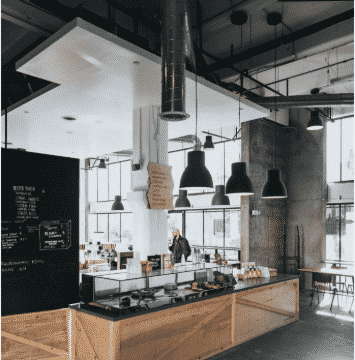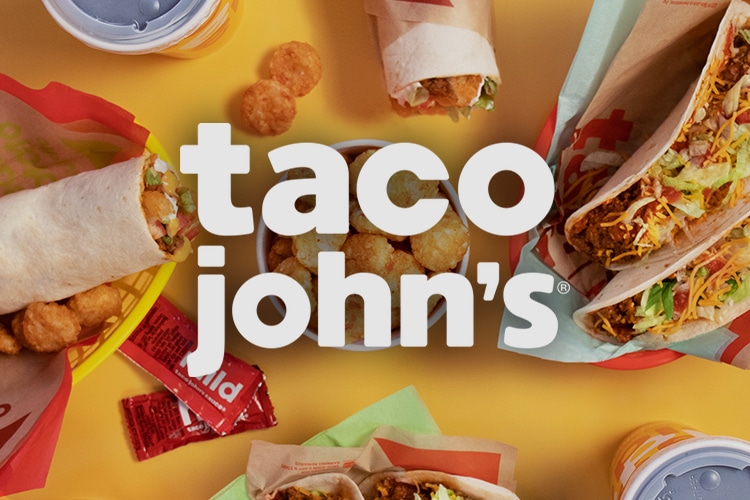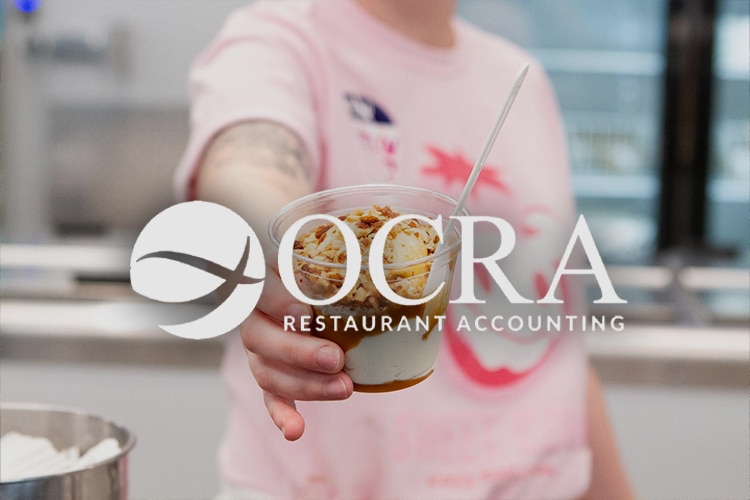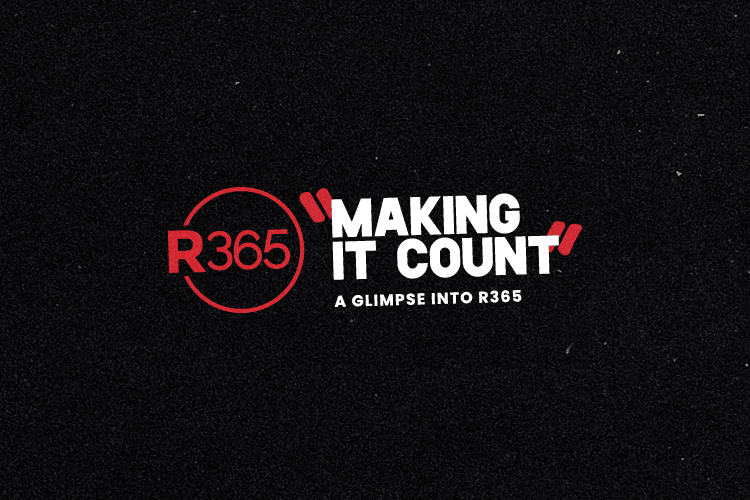Restaurants are unique businesses that come with their own specific set of startup costs. Your average restaurant labor cost and restaurant food cost will vary based on your type of concept, location, size, and other details.
Success in the restaurant industry is notoriously difficult, and one main factor is that restaurants, even from the beginning, underestimate the amount of capital it takes to run operations. Before rushing to open your doors, you need to understand your restaurant costs. With a complete guide to restaurant costs and a budget plan, you will understand what is in store and be prepared to meet the unexpected.
Costs of Opening and Running a Restaurant
Although you may be passionate about your restaurant concept, a successful restaurant takes more than good recipes. Opening and running a restaurant requires a substantial amount of working capital, along with some savings to make it through lean times.
The more specific and realistic you are with your restaurant costs from the beginning, the better. No one has ever claimed that starting a restaurant will make you wealthy overnight. Instead, gradual sales growth will help your business gain traction and develop a solid foundation.Realistically, it will be some time before you are making money, and even more time before you are making a profit. In addition, during the build-out phase, you may experience some unexpected surprise startup restaurant costs.
It is essential to estimate your restaurant costs as realistically as possible, and also include emergency funding savings for your restaurant. A budget will give you a framework for all future financial decisions and ensure you are spending within your means.
Restaurant Startup Costs Breakdown
There are a number of different costs required to run a restaurant, and restaurant startup costs can be categorized in different ways.
As you are starting your restaurant, you can break costs into categories such as one-time and recurring costs. One-time costs are one-time purchases, like a lease security deposit or loan down payment, signage, renovation costs, and business licenses and permits. Recurring restaurant costs would include costs like lease or mortgage payments, employee salaries, food and beverage costs, utilities, insurance and permits.
These recurring costs can be broken down further by category. Fixed costs such as insurance, rent, and loan payments do not fluctuate month to month. Variable, controllable costs such as food and labor, are tied to sales and can be adjusted. Marketing costs are also variable and controllable.
The following are some examples of specific cost categories for your restaurant.
Restaurant Food Costs
Your restaurant food cost, one of your largest costs for a restaurant, can be summarized as your Cost of Goods Sold (CoGS), the total cost of all the ingredients used to prepare a menu item for sale. You can also track the Cost-to-Sales Ratio, comparing food costs as a percentage of sales.
To control restaurant food costs, consider writing a succinct menu with few ingredients. You may also focus building a relationship with vendors, which may enable you to negotiate better contract prices. However, the biggest factor in controlling food costs is improving your inventory management. An accurate inventory management system can not only help you track your restaurant food costs, but also highlight areas of food waste or inefficiencies that you can adjust for lower overall food costs.
Labor Costs
In addition to food, your other major expense is labor. When calculating labor costs for your restaurant, you should consider “fully burdened labor,” which includes not only the wages or salary of labor, but also payroll taxes and any employee benefits.
Restaurant labor costs need to be paid even if your restaurant isn’t turning a profit at the beginning. To control your labor costs, consider using restaurant management software to track your labor metrics and understand where optimization is possible, as well as restaurant scheduling software to further optimize your labor spend. In addition, prioritizing training and retaining employees will not only save you money on recruiting costs, it will also help ensure better customer service.
Rent and Building Fees
Your occupancy expenses—the costs related to where you are located—are usually fixed costs. However, costs like rent, property taxes, property insurance, and utilities are going to vary, depending on your size and location.
When choosing a location, keep your restaurant costs in mind. Your location needs to be clean and comfortable for your guests and provide enough space for your staff to do their jobs well. Although it is tempting to look for other things on your “wish list,” keeping fixed occupancy expenses at a minimum can give your business a better chance at success.
Restaurant Operating Costs
Your operating expenses are made up of what it takes to run your restaurant day to day, besides the people on payroll, rent, or food costs. This includes everything from napkins to kitchen equipment, as well as licensing costs. To save on operating costs, consider cutting down on costs by buying equipment second-hand, leasing equipment, or buying flatware wholesale.
Fixed Assets
When you own a restaurant, you also own many fixed assets, such as real property, kitchen equipment, furniture, and more. Tracking each of these will help you to estimate the lifetime costs of those assets for new locations. Fixed asset software can perform automatic depreciation, tracking their lifetime costs, including costs for repair and maintenance.
When you’re adding locations, you can use fixed asset software to track the costs of aggregated assets during construction and then break those into individual assets once the store opens. If you transfer an asset to another location, advanced fixed asset software can calculate the cost of the asset for each store.
Technology Costs
Investing in restaurant management technology is an essential part of restaurant costs. From your point of sales (POS) system, which manages all of your sales, to your restaurant management software, which includes tools like inventory management and employee scheduling, your restaurant technology is a set of tools to help your business succeed.
Depending on your type of restaurant, you may also want to consider other types of restaurant technology, including online ordering and delivery management, online reservation platforms, and self-service or table-side ordering systems.
Marketing Costs
Your restaurant marketing is necessary to help bring customers through the door. Marketing promotes and sells what your restaurant has to offer, and it includes both your restaurant branding and advertising.
Nowadays, your restaurant needs to have a memorable identity, personality, and mission. Your advertising will be how you communicate this brand, in order to draw in customers. While there are many marketing firms to do your branding and advertising, one of the most powerful tools you can use is social media. To control your restaurant costs, consider paying an employee to run social media as part of their role in your business. Your marketing may also include services like email lists, loyalty programs, promotional discounts online, online review site profiles, and a website.
Hidden Costs
Even if you plan every detail, there are some hidden costs to doing business as a restaurant, especially during start up. The most common unexpected restaurant costs involve construction and property details. Previous owners may have failed compliance laws, left unpaid utility bills, or had previous debt tied to the property. Do your research on a location, using resources like your county’s Public Records Department, to ensure you have complete information.
Other construction restaurant costs may arise unexpectedly, such as unforeseen physical issues that didn’t come up during inspection. Other times, following government regulations like being ADA-compliant may involve extra costs. Other hidden costs may include even smaller details like music licensing fees, which are required from commercial businesses.
To be prepared for unpleasant surprises, consider setting aside extra money in your original budget to deal with hidden costs. Extra savings can help you remain on course, even when things don’t go as planned.
Calculating Your Prime Costs
Understanding all of these costs are essential, but the profitability of your restaurant will mostly depend on your prime cost, which is made up of your two biggest expenses:
Total Cost of Goods Sold + Total Labor Costs = Prime Cost
This metric can also be compared to total sales for a specific period of time, which gives you prime cost percentage:
Prime Cost / Total Sales = Prime Cost as a Percentage of Sales
Understanding these metrics can help you track and understand your two biggest controllable restaurant costs. By making adjustments to these costs, you are adding directly to your bottom line.
Why You Should Understand Your Restaurant Costs
With an understanding of all of your restaurant costs, you are better positioned to make strategic decisions about your business operations. And when you know your restaurant costs, you are able to do things like set SMART goals (Specific, Measurable, Achievable, Relevant, and Timely). Business goals informed by your restaurant costs are the first step on a long path. However, by taking the first step of understanding, you are well on your way toward restaurant success.
Restaurant365 incorporates restaurant accounting software and restaurant operations software into an all-in-one, cloud-based platform. It includes tools for scheduling, inventory control, fixed asset management and more. Find out how much you can save using Restaurant365 technology with this handy prime cost calculator.



